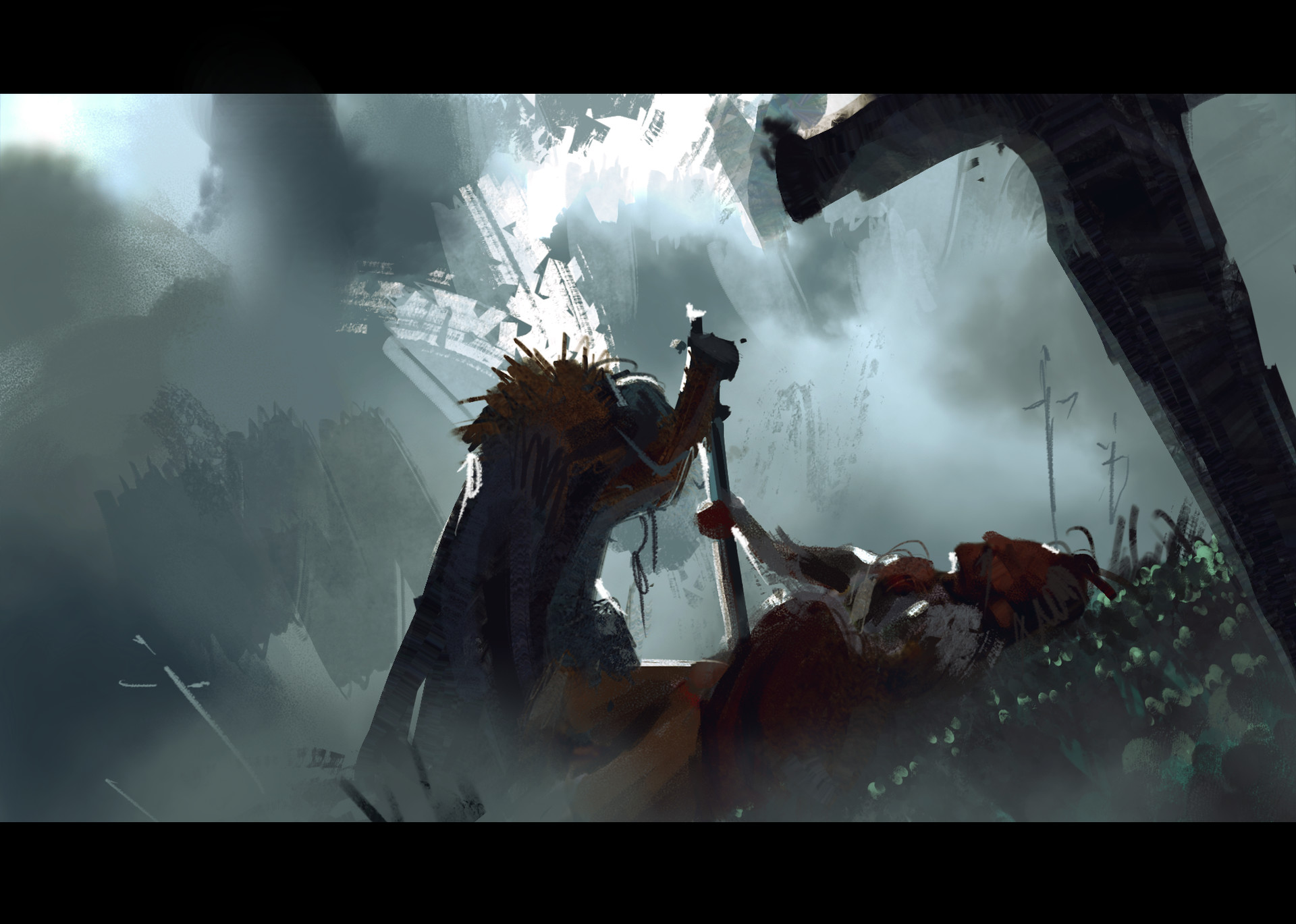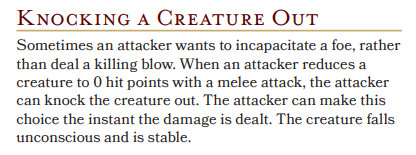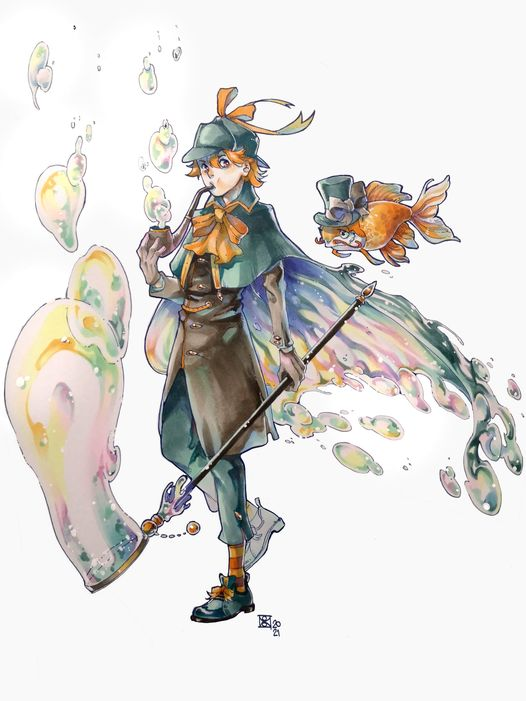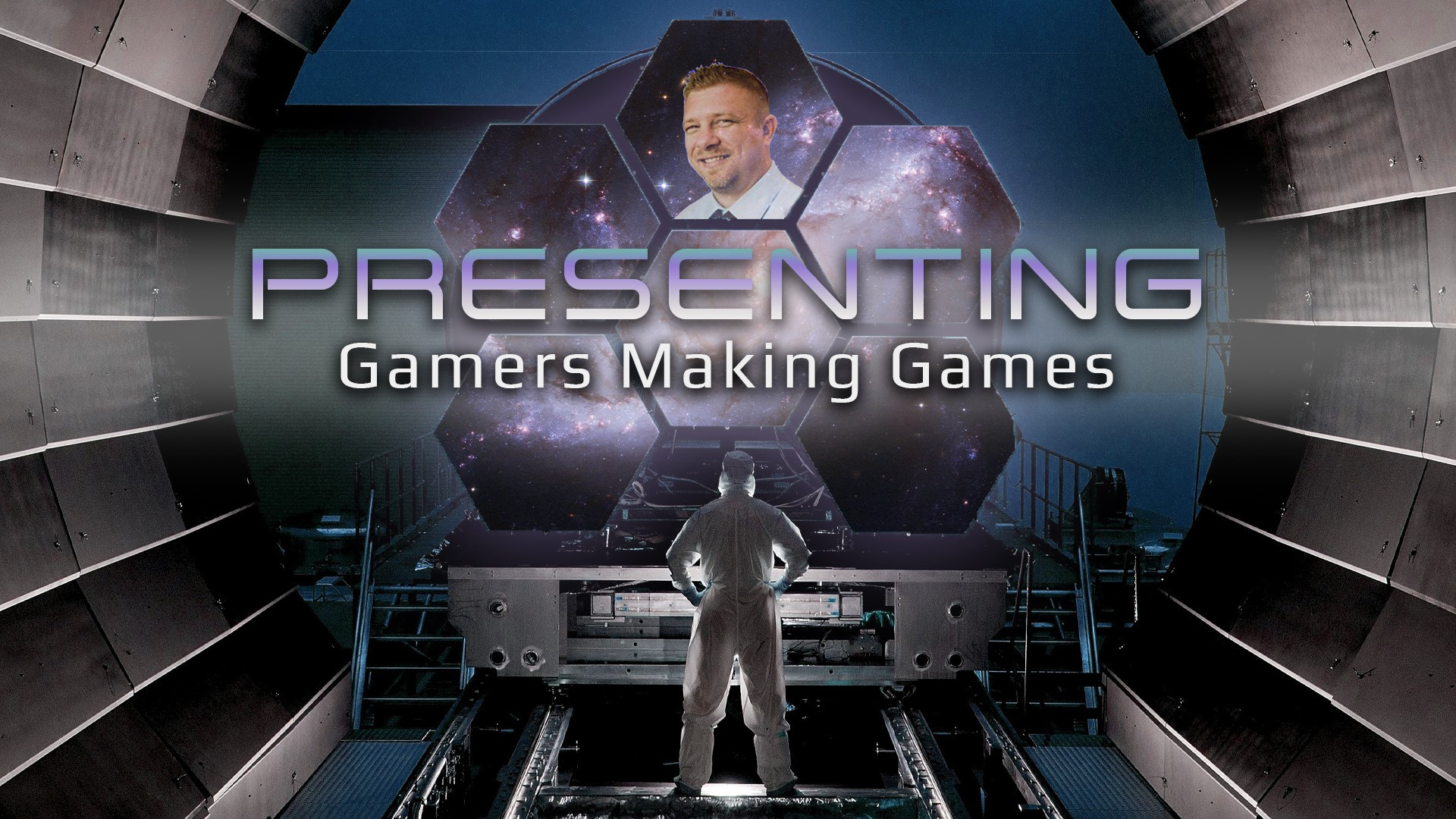Last week, Perram posted a special interview with developer Chris Sims. A social media post by Sims inspired the interview, in which he responds to freelancer James M Ward’s claim that making “all the evil foes really not evil at all” was a way to “destroy the D&D franchise.” Sims made 10 points that used Nazis to illustrate how “treating imaginary people as complex people rather than cardboard villains is better”.
It’s an excellent interview, and a well-structured argument. However, I felt it left a pretty big unanswered question:
How?
Adding depth and complexity to areas the game and setting expect to be simple is not as easy as it might seem. Let me use Star Wars to explain.
The Complex Stormtrooper Issue
In the first act of The Force Awakens, we meet Finn (designation FN-2187 at the time). After witnessing a fellow First Order stormtrooper die, FN-2187 grew a conscience. He didn’t fire when ordered to, so his commanding officer, Captain Phasma, tells him to report for reconditioning. This leads to us discovering that many, if not most, stormtroopers are indoctrinated and brainwashed children kidnapped by the First Order. It really paints stormtroopers in a different, more complex and sympathetic light. They are as much the victims of First Order tyranny as our heroes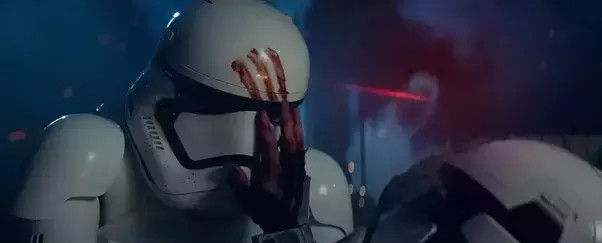
And then Finn kills a bunch of them. Not only does he have no issue killing stormtroopers, he screams “Yeah!” and “Did you see that?” excitedly when he blows up a turret.
Now, every Star Wars film features scenes like this, right down to heroes celebrating blowing up stormtroopers. But Force Awakens recontextualized stormtroopers, adding complexity, but did not follow through with changing how Star Wars uses stormtroopers in movies.
Sympathy for the Enemy
Our NPCs don’t automatically deserve to die. Not even the ones who set out to kill our PCs. They can be victims of circumstance, ignorant but able to learn, under the influence of a greater evil, or just outmatched by the protagonists of the campaign. They often aren’t afforded consideration, just assumed to be faceless obstacles in the adventure’s path. Could Be Worse had a classic comic illustrating this idea.
Over the years, Paizo’s settings evolved through its storytelling in published adventures to include more complex societies of humanoids traditionally cast as villains, goblins and orcs primarily. Unfortunately, the rules didn’t evolve at quite the same pace for dealing with foes. Like in Star Wars movies, characters in tabletop RPGs like Starfinder and both editions of Pathfinder solve problems by killing their enemies. They punish our players for trying to spare their enemies.
In 1st edition, using a melee weapon that deals lethal damage to deal nonlethal damage instead came with a hefty –4 penalty on the attack roll. 2e shows more compassion, reducing the penalty to -2. Even still, in both cases, our players need to invest in options specifically to deliver nonlethal damage or sacrifice combat efficiency.
How do we deal with players who don’t want to kill their enemies in such a lethal game?
Making A Less Lethal Game
Here are a few mechanical solutions to Pathfinder’s tendency towards lethal force.
Knocking Out A Creature, the 5e Way
Here’s a first! I’m recommending retrofitting a D&D 5e mechanic.
According to page 79 of the 5e’s D&D Basic Rules PDF, any rule can be nonlethal if the attacker just wills it to be, even after rolling to hit and damage:
Knocking a Creature Out
Sometimes an attacker wants to incapacitate a foe, rather than deal a killing blow. When an attacker reduces a creature to 0 hit points with a melee attack, the attacker can knock the creature out. The attacker can make this choice the instant the damage is dealt. The creature falls unconscious and is stable.
It’s simple, easy to imagine that the attacker pulls his punch at the last minute, and can even be handled retroactively. After combat, we can simply ask our players “were you all fighting to kill, or just knock out?” and proceed accordingly.
No Penalty for Nonlethal Attacks
Another simple solution is to remove the penalty for choosing to deal nonlethal damage with a lethal weapon.
Now, both this and the above suggestion have the issue of negating existing options. I doubt anyone is building a monk specifically because the Powerful Fist monk class feature lets them ignore the -2 penalty for nonlethal attacks, but equipment like the sap only exists because it has the nonlethal trait.
Hero Point for Using Nonlethal Attacks
Instead of finding ways around the penalty for making nonlethal attacks with lethal weapons, an alternative is to reward characters who choose to let their enemies live. As accepting a penalty on attacks for the sake of an enemy’s life could be seen as a heroic sacrifice, a Hero Point feels like an appropriate reward.
Obviously we can’t give our players Hero Points every time they take a -2 on an attack, so here are a few suggestions for implementing this idea:
- Reward a Hero Point to any PC who deals nonlethal damage to enemies in a low or trivial threat encounter;
- If a PC uses Sense Motive or Recall Knowledge during combat, provide them context as to whether their opponents deserve to be spared. Reward a Hero Point to any PC who deals nonlethal damage to enemies these checks determine don’t deserve to die;
- In encounters with groups of enemies whose level is lower than the party, occasionally assign one at random as innocent. If, through roleplaying, skill checks, or mechanics like the champion’s Sense Evil class feat, the PC’s determine the innocence of this enemy and deliberately spare them, reward each PC a Hero Point.
Although these mechanical suggestions help deal with the lethality of Pathfinder’s rules, there are other ramifications of sparing enemy lives.
The Enemy’s Through, What Do We Do?
Let’s say our players do try to spare lives as often as possible, that backs them into one of two corners:
Corner 1: The PCs with Prisoners Dilemma
PCs aren’t equipped to deal with unconscious or bound enemies. If they capture every enemy, in most adventures that would lead to dozens of hostile prisoners under their care.
This can lead to interesting narratives. The prisoners can heckle the PCs like their own private Statler and Waldorf, only to beg for mercy with sob stories when it’s brought up that the PCs could still kill them. And if the campaign was based around a party of bounty hunters tasked with bringing targets back alive, our players and us GMs alike would buy into the logistic issues as part of the fun. But those logistics became nightmarish when taking a typical adventure and aiming to play it unchanged except for more sympathetic enemies.
Corner 2: The Turn Undead Issue
Pre-Pathfinder editions of D&D featured a rule where clerics could make undead run away. You know, making them someone else’s problem. Maybe someone without access to magic and decent armor and weapon proficiencies.
Similarly, dealing nonlethal damage to enemies and then leaving them unconscious isn’t dealing with them in a more humane way. It’s leaving them to hopefully learn a lesson, possibly face harsh punishment by their evil masters, and maybe leaving them to just keep people evil. And, as the Core Rulebook puts it:
Going back to Nazis, there’s a scene in Saving Private Ryan where one of the American soldiers feels bad for a defenseless Nazi and lets him live. That Nazi later kills that American soldier, the movie’s way of saying “That’s not how war works.” Whether you agree with Saving Private Ryan’s take on the situation or not, my fellow GMs, doesn’t matter as much as if any of your players do. You might be surprised how quickly one player’s “We can’t just let them live” turns into a whole table’s “It’s for the best” or “Our hands are tied” mercy murder.
Speaking of tied hands…
Captives And Your Campaign
Fantasy RPG problems require fantastic solutions. Such as:
Portable Prisons
Going back to Chris Sims’ interview, his fourth rule was “Some Nazis went to prison”. I outlined some of the ways bringing captives to prison can disrupt a campaign. So we’re just going to have to bring prison to the captives!
Below are a few ideas for magic items for capturing enemies:
- Bag of Holding Cells: Just like the classic magic item, but instead of measuring a bag’s capacity in bulk, it’s measured in bodies.
- The Face Book: A book of illustrations akin to wanted posters or police sketches. But instead of the subjects in the illustrations being criminals at large, they’re the faces of the souls temporarily contained in the book.
- Charm Bracers: How do I describe this? Imagine if every person you handcuffed transformed into a stone that bejeweled the cuffs like a charm bracelet.
Separating The Wheat From The Chaff
In Conan The Adventurer, an animated series from the 90s that managed to make Conan The Barbarian kid-friendly, Conan and his friends fought extradimensional serpents masquerading as humans. The star metal his sword was forged from banished the evil serpent men back into another dimension. Effectively, he didn’t kill anyone. Just as he thrust his sword an enemy’s way, the evil was sucked out of them.
Similarly, in the early Sonic The Hedgehog games, whenever Sonic defeated one of the evil robots he faced, the innocent creature forced to pilot it hoped away to safety.
Depending on the nature of the enemies in your campaigns, my fellow GMs, you can have the evil sucked out of them upon defeat, or the good rise to the surface.
Time To Reflect
Force Awakens tries to get us to care about the tragedy of being a stormtrooper while also getting us to cheer for the casual deaths of stormtroopers. Had the movie at least shown Finn trying to minimize stormtrooper deaths, or had him reflect on what he’s done, the few minutes between one dead stormtrooper rocking him to the core and hundreds of stormtroopers dead at his hands not phasing him wouldn’t have felt so jarring.
Sometimes, all our players need to deal with the complexity of our campaigns is a minute for their characters to express their feelings.
In Conclusion
A side effect of adding complexity to the cultures of your creatures is added complexity to your game. Ignoring this side effect risks undermining the good work the added depth brings to your game, and the hobby as a whole. Addressing it makes your game stronger, and the experience of everyone at the table better because of it.
Every two weeks, Ryan Costello uses his experience as a Game Master, infused with popular culture references, to share his thoughts on best GMing practices to help his fellow GMs. Often deconstructing conventional wisdom and oft repeated GMing advice, he reminds his fellow GMs that different players play the game in different ways, and for different reasons.
Banner Art: Showing Mercy by Marta Danecka

